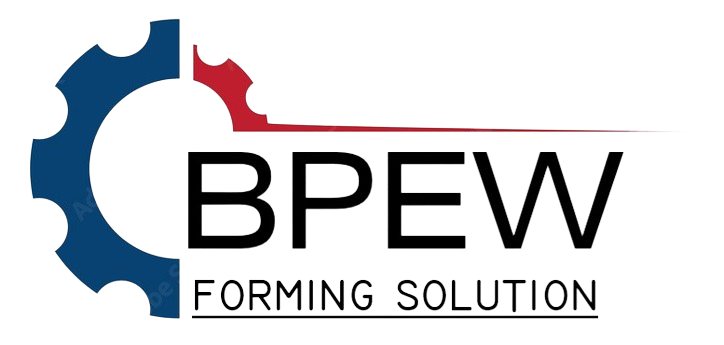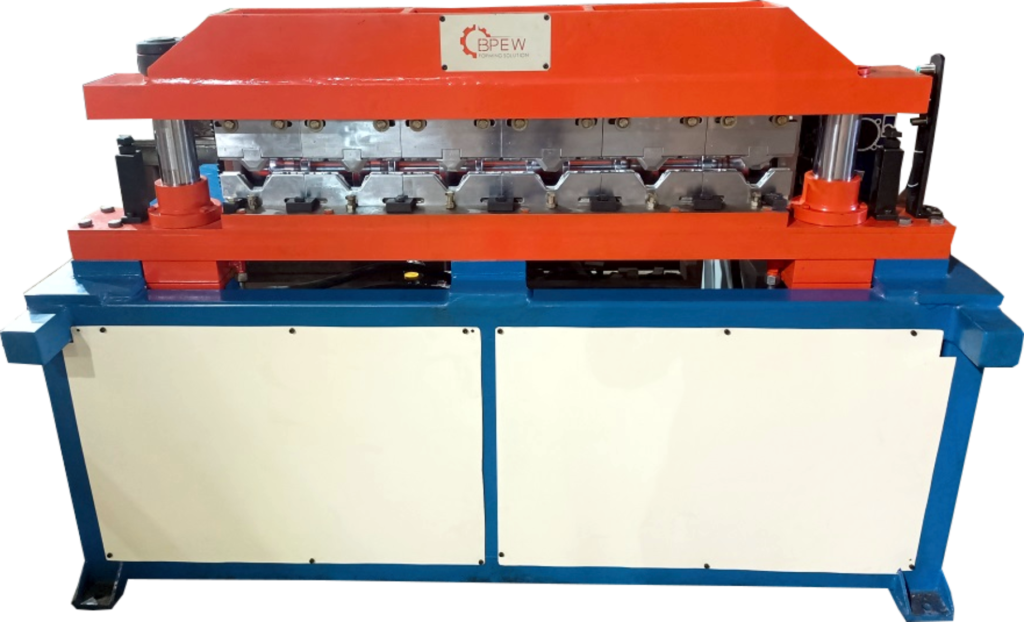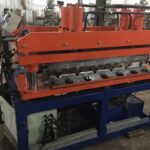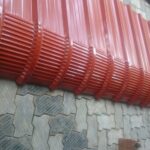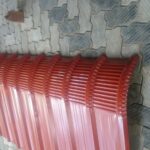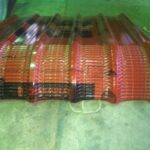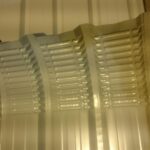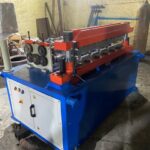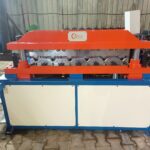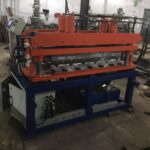Crimping and Shearing
Crimping and shearing are both mechanical processes commonly used in manufacturing and metalworking.
Crimping involves deforming a material, usually metal, by bending or folding it to create a desired shape or connection. This process is often used in industries such as automotive, aerospace, and electrical engineering for joining wires, tubes, or sheet metal together securely. Crimping is favored for its speed, reliability, and cost-effectiveness compared to traditional welding or soldering methods.
On the other hand, shearing is a cutting process where a straight-line force is applied to a sheet or plate material, causing it to fracture along a predetermined line. This method is used to cut large sheets of metal into smaller, more manageable pieces with precise edges. Shearing is employed in various industries, including manufacturing, construction, and metal fabrication, for tasks such as cutting metal blanks, trimming edges, and forming shapes.
Both crimping and shearing play integral roles in modern industrial processes, offering efficient solutions for shaping and cutting metal materials to meet specific requirements.
